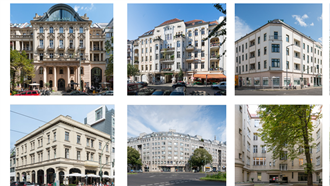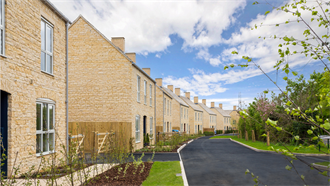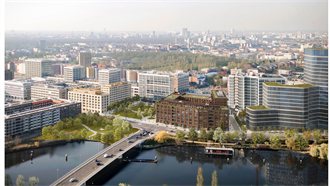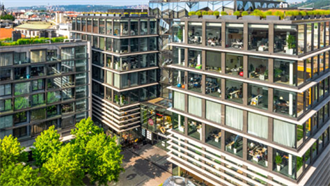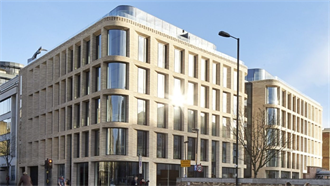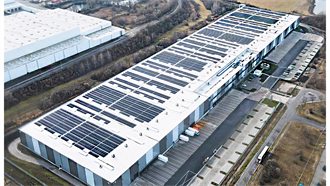The definite positives of investing in Europe outweigh the potential negatives in international investors’ eyes: economic dynamism, rental growth and occupier demand make the risks of a late cycle or potential interest rate rises pale into insignificance.
This was the view shared by the panellists at the PropertyEU Global Capital Flows and Investment briefing, which was held at Mipim in mid-March.
‘Strong GDP growth in the large European market has helped global investors,’ said Larry Young, head of international investment and advisory group, BNP Paribas Real Estate. ‘There is a question mark over interest rate rises, but this doesn’t seem to have stopped them from looking for deals. There are still more net investors than sellers.’
The numbers bear this out: 2017 saw a big increase in commercial real estate (CRE) investment volumes in Europe, which reached €261 bn, a 12% rise on the previous year. The top three destinations remained the Continent’s big markets – the UK, Germany and France – but the Netherlands, Italy and the UK recorded the biggest rises. Cities remained firm favourites. In Q4, investment volumes into London increased by 45%, while Berlin saw a 114% rise and Amsterdam a 50% increase.
Huge growth story in Europe
‘The yield gap to bonds is still healthy, and we have a huge growth story in Europe, which means we are going to see more rental growth,’ said Nic Fox, partner, head of Middle Europe, Europa Capital.
‘People are more conscious of where we are in the cycle, but this hasn’t affected the flows,’ said Martin Towns, head of capital solutions, M&G Real Estate. ‘Asset allocators are still attracted by the income spread over fixed income.’
Total foreign investment reached €136 bn last year, a 26% increase on 2016, with capital from Asia Pacific increasing a massive 95% to €26.4 bn, according to BNP Paribas Real Estate data, cross-border capital from Europe up 14% to €53.4 bn and investments from the Middle East up 4% to €7.5 bn.
Looking ahead, there are two trends emerging, experts agreed: a longer-term approach on investors’ part and a gradual increase in allocations to alternative sectors.
‘Investors love the returns, but have the headache of reinvestment risk,’ said Fox. ‘A lot of them are looking for a longer term perspective, more predictability of distributions through generation of income. They enjoy the lower risk that comes with an open-ended style investment or a more income-based investment method.’
Shift in strategy
There is a definite theme of a shift from a higher returns strategy to a more income-focused, longer term strategy, said Towns: ‘Investors are now looking for a 10-year hold period rather than five years because it is very expensive to trade. The exception to a long-term vision is where you can see a specific market event which you can craft a strategy around. We have put the UK in that box, because we believe the volatility generated by Brexit creates some interesting opportunities.’
Offices remain by far the most sought-after asset class, but the expectation of income growth will drive demand for alternative assets like student housing and care homes. ‘There will be more institutional capital flowing into alternative sectors because there is a structural driver of future returns,’ said Towns. ‘Now yields are low you need a driver of income growth so if you have an undersupplied market you can anticipate demand and income growth.’
This trend will not be embraced by South Korean investors, said Sungchul Shin, head of Korea office, L’Etoile Properties: ‘We are very risk-averse, so we favour traditional assets like offices or logistics, good quality buildings in good locations in Europe’s key cities. Our strategy is no alternative assets like student housing, because it’s too local a product.’
The future will also bring much-needed speculative development to Europe in the year ahead, said Fox: ‘I predict we will see the development tap turned on big time, and for good reasons. There is lack of stock, particularly in the strongest markets, and lenders appreciate that the financing needs to get moving.’

























